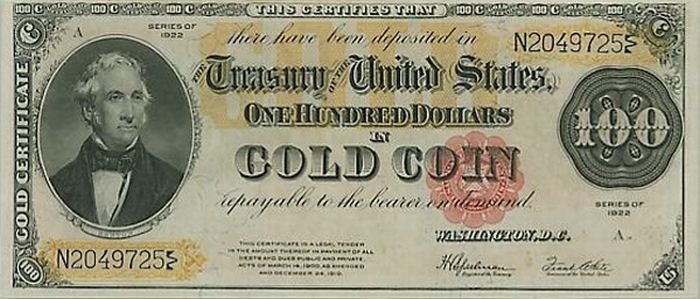|
|
Rare US Dollar Bill
|
Today, USD notes are made from cotton fiber paper, unlike most common paper, which is made of wood fiber. U.S. coins are produced by the United States Mint. U.S. dollar banknotes are printed by the Bureau of Engraving and Printing, and, since 1914, have been issued by the Federal Reserve. The "large-sized notes" issued before 1928 measured 7.42 inches (188 mm) by 3.125 inches (79.4 mm); small-sized notes, introduced that year, measure 6.14 inches (156 mm) by 2.61 inches (66 mm) by 0.0043 inches (0.11 mm).
Etymology
In the 16th century, Count Hieronymus Schlick of Bohemia began minting coins known as Joachimstalers (from German thal, or nowadays usually Tal, "valley", cognate with "dale" in English), named for Joachimstal, the valley where the silver was mined (St. Joachim's Valley, now Jáchymov; then part of the Holy Roman Empire, now part of the Czech Republic). Joachimstaler was later shortened to the German Taler, a word that eventually found its way into Danish and Swedish as daler, Dutch as daalder, Ethiopian as talari, Italian as tallero, Flemish as daelder, and English as dollar. Alternatively, thaler is said to come from the German coin Guldengroschen ("great guilder", being of silver but equal in value to a gold guilder), minted from the silver from Joachimsthal.
|
|









